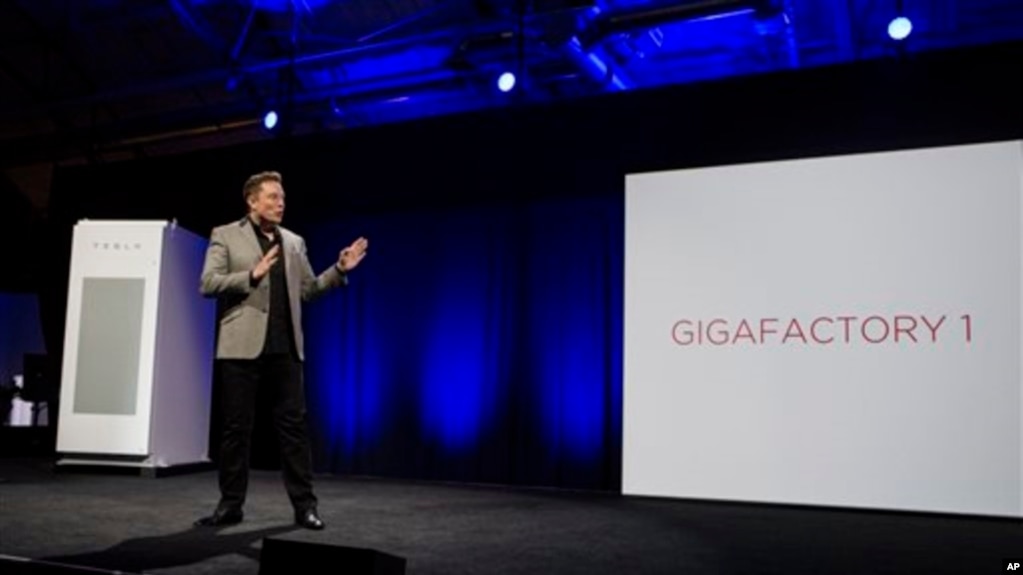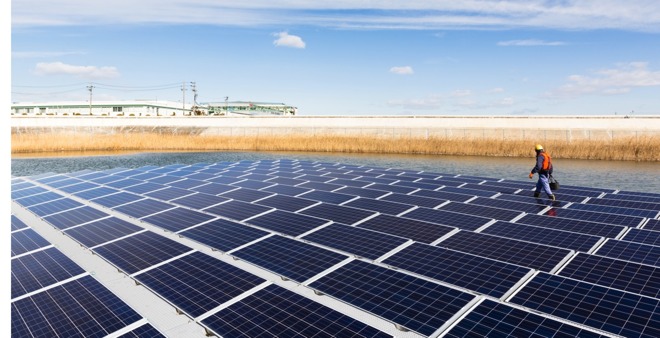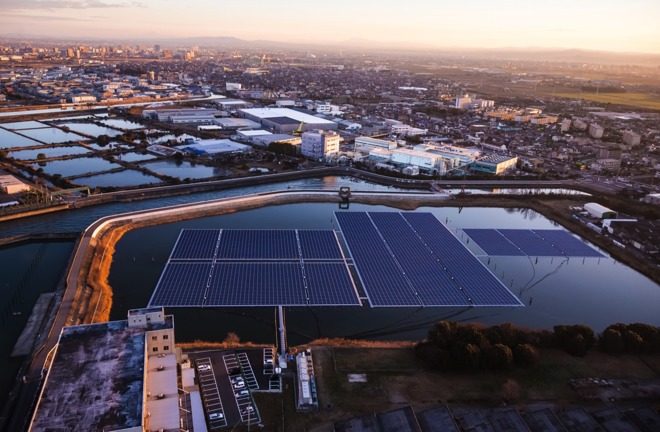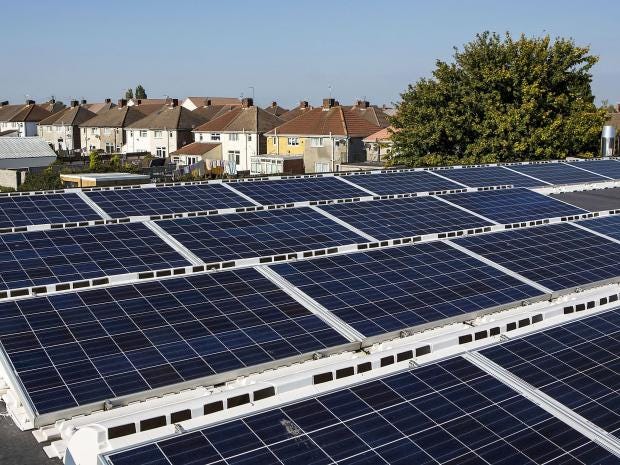A pledge to implement 100 percent renewable electricity by 2030 at UW-Madison could be on the table after The Climate Reality Project recently opened a new branch on campus.
Founded by former U.S. Vice President and Nobel Laureate Al Gore, The Climate Reality Project is a worldwide organization dedicated to mobilizing action for climate change. The organization’s goal is to “spread the truth about the climate crisis and building popular support for clean energy solutions,” according to their mission statement.
The Climate Reality Campus Corps at UW-Madison has been focusing on “raising a lot of student awareness and support, and faculty support for the 100% Committed campaign,” according to Mary Pierce, a member of the group. The organization has had success at smaller universities, but bringing the cause to UW-Madison is part of their goal of spreading awareness on a larger scale.
“Especially because we are part of the Big Ten, we should be a leader, not a follower, for this cause,” Lydia Stiegman, also a member of the group, said. “If a campus like ours can sign on to this, we can help other campuses become a part of this too.”
UW-Stevens Point, Colorado State University and Hampshire College in Massachusetts are among those that already took the pledge to have their universities operate on 100 percent renewable electricity.
Members of the UW-Madison chapter have been petitioning at dining halls and elsewhere on campus to raise awareness for the campaign. Other student volunteers have been working on gaining endorsements from faculty and other student organizations.
The club is working to get signatures on a petition to bring to Chancellor Rebecca Blank.
“We want to show that there are thousands of students here who want an environmentally conscious campus,” Pierce said.
source: http://www.dailycardinal.com
Off-grid solar company Azuri Technologies announced Tuesday that it
has reached the mark of 100,000 sales of its PayGo solar home systems
in sub-saharan Africa.
Since initially breaking into the market in 2011, Azuri has offered affordable, clean energy for off-grid towns and communities across 12 countries.
News of Tuesday’s sales milestone comes shortly after Azuri announced that it secured a US$5 million debt facility provided by Standard Chartered Bank in February 2017, as well as the completion of an US$11 million equity funding round in December 2016 — all of which supports Azuri’s efforts to spur solar across Africa.
This new financing will also help Azuri grow in new markets, highlighted by a program announced in January 2017 to provide power to 20,000 homes in Nigeria.
The Azuri PayGo solar product portfolio includes the first complete PayGo satellite TV package targeting households without electricity — launched in Kenya in December 2016. In addition, the product range includes solar lighting systems that incorporate Azuri’s HomeSmart technology, which ensures households have light all night, even after cloudy weather.
Simon Bransfield-Garth, chief executive of Azuri, said: “The milestone of 100,000 systems sold marks the next phase of Azuri’s journey. Coupled with the recently completed funding announcements, we look forward to continuing to grow our presence and serve the millions of customers that still lack access to modern electrical services.”
Jamie Vollbracht, director, cleantech at IP Group, a founder investor and major shareholder in Azuri, added: “These milestones reinforce the great strides Azuri is making in providing PayGo solar solutions for this rapidly growing market. We expect that Azuri’s innovative approach and world-class team mean that many more significant milestones are to come as Azuri further expands, improving the lives of hundreds of thousands of people across Africa.”
source:http://www.nigeriaelectricityhub.com
Since initially breaking into the market in 2011, Azuri has offered affordable, clean energy for off-grid towns and communities across 12 countries.
News of Tuesday’s sales milestone comes shortly after Azuri announced that it secured a US$5 million debt facility provided by Standard Chartered Bank in February 2017, as well as the completion of an US$11 million equity funding round in December 2016 — all of which supports Azuri’s efforts to spur solar across Africa.
This new financing will also help Azuri grow in new markets, highlighted by a program announced in January 2017 to provide power to 20,000 homes in Nigeria.
The Azuri PayGo solar product portfolio includes the first complete PayGo satellite TV package targeting households without electricity — launched in Kenya in December 2016. In addition, the product range includes solar lighting systems that incorporate Azuri’s HomeSmart technology, which ensures households have light all night, even after cloudy weather.
Simon Bransfield-Garth, chief executive of Azuri, said: “The milestone of 100,000 systems sold marks the next phase of Azuri’s journey. Coupled with the recently completed funding announcements, we look forward to continuing to grow our presence and serve the millions of customers that still lack access to modern electrical services.”
Jamie Vollbracht, director, cleantech at IP Group, a founder investor and major shareholder in Azuri, added: “These milestones reinforce the great strides Azuri is making in providing PayGo solar solutions for this rapidly growing market. We expect that Azuri’s innovative approach and world-class team mean that many more significant milestones are to come as Azuri further expands, improving the lives of hundreds of thousands of people across Africa.”
source:http://www.nigeriaelectricityhub.com













